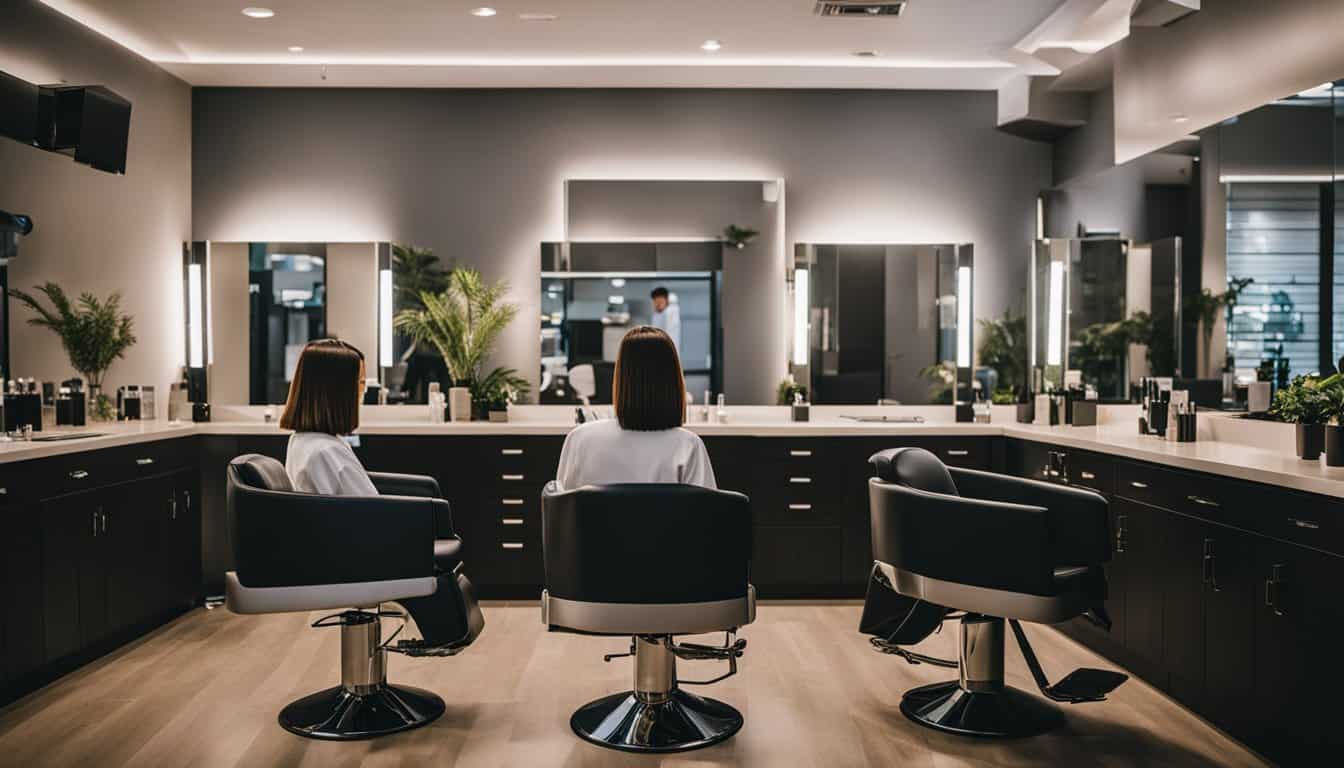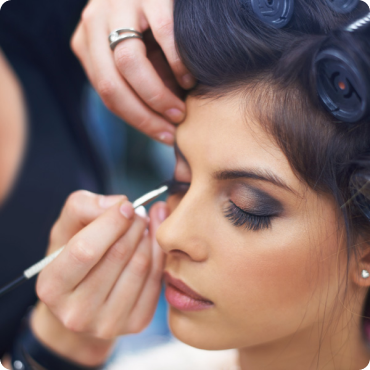The beauty salon industry in North America has undergone significant transformations over the decades, evolving from small, local businesses into a multi-billion-dollar sector. As we look to the future, it’s essential to understand the history and the key milestones that have shaped the industry into what it is today.
The Early Days
The origins of beauty salons can be traced back to the early 20th century when women began seeking specialized spaces for beauty treatments. Early salons were often simple establishments, offering basic services like haircuts, styling, and manicures. However, they quickly became social hubs where women could relax, socialize, and indulge in self-care.
The Rise of Professionalism
By the mid-20th century, the industry began to professionalize, with the introduction of cosmetology schools, licensing requirements, and standardized practices. This shift not only improved the quality of services but also helped establish beauty salons as reputable businesses. The 1960s and 1970s saw a boom in salon culture, with the rise of celebrity hairstylists and the expansion of services to include skincare, makeup, and more.
Technological Advancements and Modernization
The late 20th and early 21st centuries brought significant technological advancements to the beauty salon industry. From advanced hair coloring techniques to state-of-the-art skincare treatments, salons began to offer a wider range of services that catered to diverse client needs. The introduction of software solutions for appointment booking, client management, and marketing further modernized the industry, allowing salons to operate more efficiently and effectively.
Conclusion
As the beauty salon industry continues to evolve, it’s clear that its future will be shaped by a combination of innovation, technology, and a commitment to providing high-quality, personalized services. Understanding the industry’s rich history is crucial for anyone looking to navigate its future successfully.







